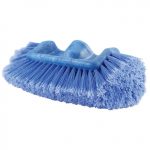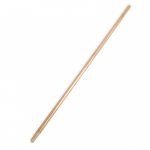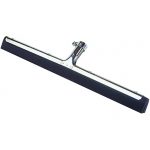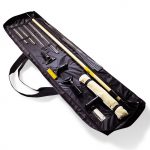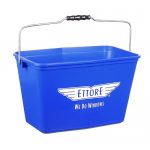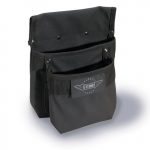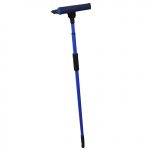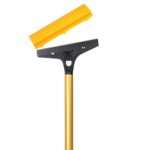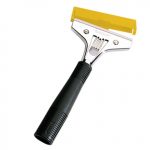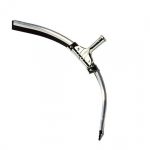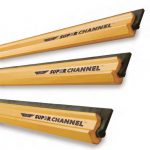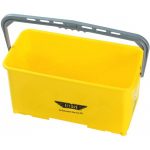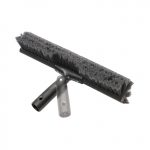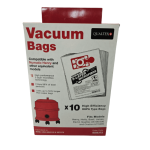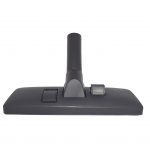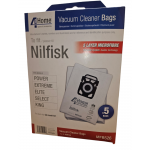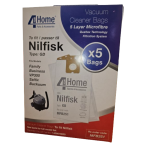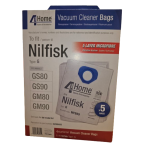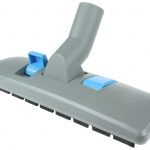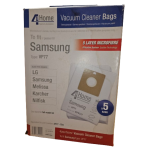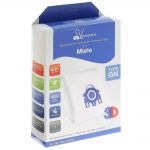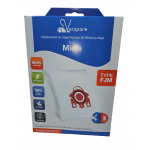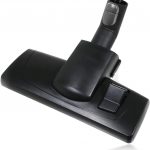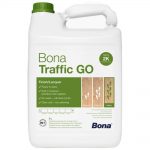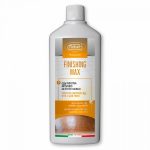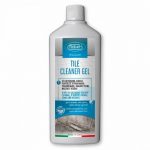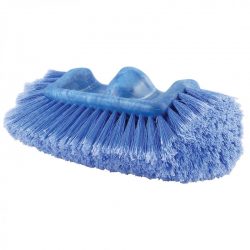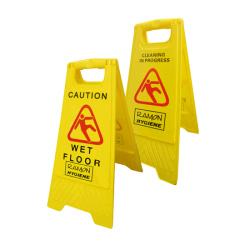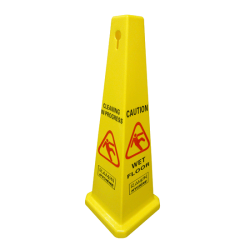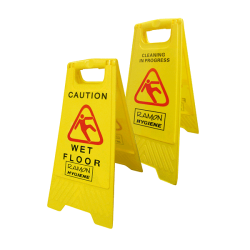Wet Floor Sign
Guide To Floor Warning Signs
With the routine building care, people on the premises need to be warned of any hazards that arise. From offices, public spaces to industries, when there are renovations being carried out, damages meted out onto the floor, it is wet and slippery, or other unique aspects that distinguish the slippery affected area from the rest of the flooring – they all need to be highlighted. Cautioning people to take extra care when walking about the area and bringing their attention to the ongoing cleaning, repair or renovations is a critical part of the maintenance operations.
By having the floor warning signs in place, you will be able to protect the visitors and workers on the premises, avoiding injuries that could have been caused by accidents due to the defective floors. As the property owner, you have a legal obligation to warn those in the facility about such risks, otherwise you risk facing lawsuits that will be a hit to your profit margins. For instance, slip and fall accidents are a leading cause of worker compensation claims being filed, while these can easily be avoided by having the appropriate signage in place. In fact, when the signs are properly set up, the burden of caution shifts to the people in the facility, since you will have done your part as the property owner to notify them to take extra care.
Types Of Floor Warning Signs
Each situation calls for its own kind of message. From the recently lacquered and polished surfaces, situations with spills, areas where cleaning is being done, all through to those instances when the floor is being renovated. Getting the right floor sign for your particular situation is key to meet safety regulations, protecting the visitors and employees in the building. There are different kinds of floor signs that are set up, including:
Slippery Floor Signs
Newly treated floors may be slippery by nature, before the products used on them are completely dry and cured. With the coefficient of friction being low, they become a slipping hazard that can lead to loads of liabilities. However, with the slippery floor signs in place, the visitors and employees in the facility will have been warned about the hazard, thus preventing the accidents and barrage of lawsuits that would have followed.
Wet Floor Signs
When there is a spillage on the floor, or it’s simply wet due to the cleaning, it can also be slippery. The wet flooring comes in place to prevent those slip and fall accidents – and they also have the welcome benefit of cordoning off the area, preventing people from walking all over the floor with soiled shoes.
There are also Slippery When Wet floor signs. These are specifically for those floors that have varying textures when coming into contact with water. Here, they get extremely slippery when there are spills or during the mopping, a state that easily result in accidents.
Floor Under Maintenance Signs
When there are renovation works going on in the facility, there is plenty of risk to those in the building. This includes hazards from the structural changes being made, to those of the masonry equipment that is being used. These signs come in to warn those in the building to be more vigilant as they pass by the affected sections, or redirect them to different routes or floors to use. They also help the construction and renovation crew to carry out their jobs without being disturbed.
Things To Consider When Getting Floor Signs
The Colour
Here, you want to have colours that will be bold, standing out from the environment around them. Common colours used for the warning signs, range from yellow and orange to red, which is also typically for danger notices. You want a bold colour that grabs the attention of people walking by.
While the background colour is one thing, the colour of the characters is another. They should contrast each other, in order for the writings to be seen even from a distance. For instance, popular wet floor signs usually have a yellow background colour, but black writing. This will ensure that the content is readable.
Language
A warning sign is only useful if the target audience understands it. They come in different languages, and you should ensure that the sign can be comprehended by the demographic that uses the facility. You can also acquire multilingual floor signs if needed.
Images
Graphics are easy to understand. For instance, the wet floor signs with a picture of a man slipping will hammer the message home. That way, even if there will be a language barrier for sections of the population using the facility, the images on the floor signs will ensure that the intended message gets delivered.
Structure
Signs come in different shapes. From the collapsible signs, cone-shaped units, to the tent designs. These affect the stability of the sign, and how much space they take up. Adhesive stickers, wall hangings, the 4-sided square signs – there are plenty of options to choose from. Note that these should be placed in areas where they will capture the attention of everybody accessing the affected section of the floor. Being visible from all sides will ensure that the signs serve their intended purpose.
Size
The main consideration here are the locations in which the signs will be set up, and the amount of storage available. You want signs that will be visible from a distance, but also not become a trip hazard themselves. For the storage, consider how much space you have in the janitorial closet. Speaking of which, it is recommended that you strategically store the floor signs, especially for those areas where they’ll be used frequently. For instance, the bar, areas near the ice machine and the like are notorious for spills, so having a couple of wet floor signs nearby will enable you to quickly set up the sign and warn people of the risk before you make arrangements to have the spills cleaned up.
Guide To Floor Warning Signs

